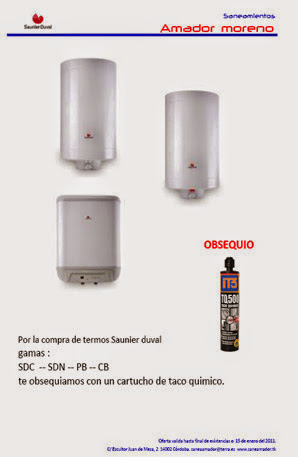Friday, December 17, 2010
Tuesday, December 14, 2010
Is It Ok To Give A Baby Water If They Have Reflux
donate you happy holidays with a chemical cartridge taco Promotion

Wednesday, December 1, 2010
Surface Area Of Elliptical Dish End
"Ecodriving ... A simple practice!" Benefits
Why eco-driving?
The 10 key eco-driving:
Source:


Why eco-driving?
Although nominal consumption of new vehicles has declined, total fuel consumption and pollutant emissions continue to rise at an alarming rate.
To achieve the objectives of European policy and meet Kyoto Protocol targets on reducing CO2 is necessary to increase energy efficiency in the transport sector.
To achieve the objectives of European policy and meet Kyoto Protocol targets on reducing CO2 is necessary to increase energy efficiency in the transport sector.
The 10 key eco-driving:
- Startup and commissioning m archa:
- Starting the engine without depressing the accelerator.
- In gasoline engines, start up immediately after starting.
- In diesel engines, wait a few seconds before starting the march.
- First up:
- Use it only for the start of the march, change 2 nd at 2 seconds or 6 meters.
- acceleration and brand switching has :
- According
- revolutions
- In petrol engines between 2,000 and 2,500 r / min
- In diesel engines, among the 1,500 and 2,000 r / min
- Depending on the speed:
- to 2nd gear, at 2 seconds or 6m
- to 3 rd place: from about 30 km / h
- to 4 th place : from 40 km / h
- to 5 th place: above about 50 km / h
- Speed after completion of the change.
- revolutions
- Use of gears:
- Circular as possible in higher gears at low revs.
- is preferable circular in gear with the throttle more so than in lower gears with the throttle less trodden.
- In town, where possible, use the 4 th and 5 th place.
- The car consumed less in the higher gear at low revs. For example, a small engine car (1.2 liters), traveling at a speed of 60 km / h.
- In 3rd gear, uses 7.1 liters of gasoline,
- In 4 th, 6.3 liters (11% less),
- In 5 th, only 6 liters (15% less).
- Flow Rate:
- Keep it as uniformly as possible, searching for fluid flow, avoiding sudden braking, acceleration and gear changes unnecessary.
- Moderator: The fuel consumption increases with speed squared. A speed increase of 20% (ie spend 100 to 120 km / h), means a 44% increase in consumption (of 8l/100 km to 11.5 l/100 km).
- Deceleration:
- Lift off the throttle and let the vehicle roll with the gear at that time.
- brakes smoothly with the brake pedal.
- downshifts as late as possible, with particular emphasis on the downhills.
- Detention:
- Whenever the speed and space permit, stop the car without reducing running previously.
- Stops:
- In stoppages (above 60 seconds), you should turn off the engine.
- Anticipation and foresight:
- Always ride with proper safety distance and a wide field of vision to see 2 or 3 vehicles in front.
- The moment an obstacle is detected or a reduction in velocity in the track, his foot off the accelerator to anticipate the following maneuvers.
- Security:
- In most situations, apply the rules of eco-driving contributes to increased road safety.
- But obviously there are circumstances which require different specific actions so that security is not compromised.
Source:

Subscribe to:
Posts (Atom)




